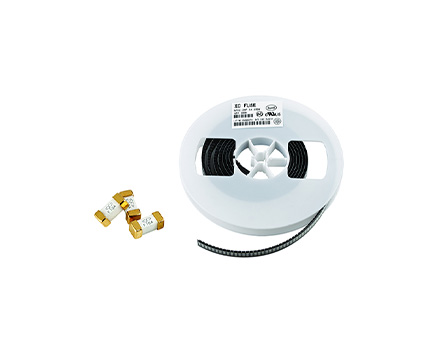
1. Divided into: φ 2 φ 3 φ 4 φ 5 φ 6 and others.
2. According to the fuse characteristics, it is divided into fast fuse type, medium delay fuse type, and delay fuse type. (It can also be divided into express and strong delay).
3. According to the breaking capacity, it can be divided into low breaking type, high breaking type (and can also be divided into enhanced breaking type).
4. According to safety standards (or usage regions), it can be divided into UL/cUL (North America) specifications, IEC (China, Europe, etc.) specifications, MIT/KTL (Japan/Korea) specifications, etc.
In many electronic devices, fuses are indispensable. Since Edison invented the first plug-in fuse in the 1890s, which enclosed thin wires in a lamp holder, the types of fuses have become more and more diverse, and their applications have become more and more widespread. Here are some common knowledge on fuse parameters, selection, and application.
The rated values and performance indicators of fuses are determined based on laboratory conditions and acceptance specifications. There are multiple authoritative testing and appraisal institutions internationally, such as UL certification from Underwriters Laboratories in the United States, cUL certification from the Canadian Standards Institute, MTTI certification from the Japan Department of International Trade and Industry, and ICE certification from the International Electrotechnical Commission.
Read recommendations:
Overload protection of self recovery fuse on charging battery circuit